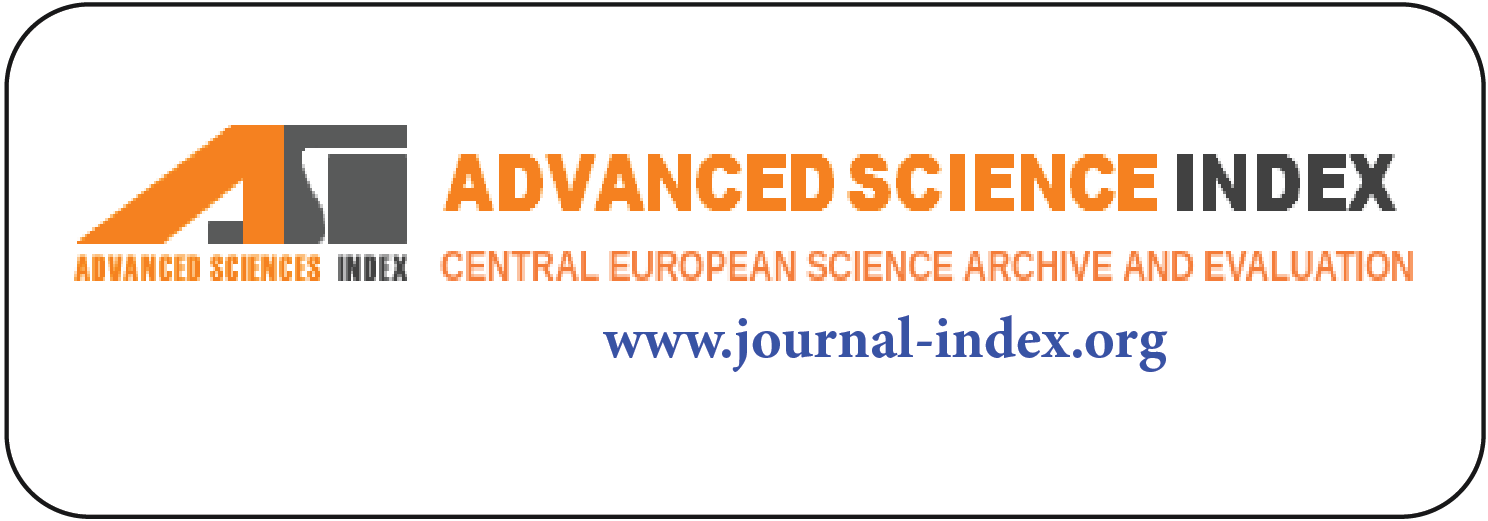Awareness of Halal Branding and Marketing: Consumer Perception in Makassar, Indonesia
DOI:
https://doi.org/10.56868/jadhur.v2i2.128Keywords:
Islamic branding, marketing, consumer’s perceptions, Halal, IndonesiaAbstract
This study aims to assess and determine whether there is a discrepancy between consumers' perceptions in Makassar, Indonesia, and Muslim consumers about Islamic branding and marketing and to create a deeper understanding of the perceptions of Indonesian consumers. The research method used is a quantitative analysis with PLS-SEM equipment and data collection techniques using a questionnaire. The size of the population used was 400 respondents. To answer the question, the researcher used a Likert scale. Likert scale estimates imply necessary statistical calculations. Based on the study's results, Islamic branding influences consumer perception favorably. The majority population of Makassar City is Muslims with solid faith and culture, reflected obviously in their perception of consuming halal goods and services that are provided based on Islamic teachings. Islamic brand has to emphasize that it is a brand that holds Halal sources. Then it will make an evident perception of Islamic brands. Therefore, Islamic brands adhere to Sharia's requirement to be authentic Halal brands.
Downloads
Published
How to Cite
Issue
Section
License
Copyright (c) 2023 Sabbar Dahham Sabbar, Muslimin H. Kara, Salmah Said, Shehryar Ahmed, Moomal Asad

This work is licensed under a Creative Commons Attribution 4.0 International License.
















